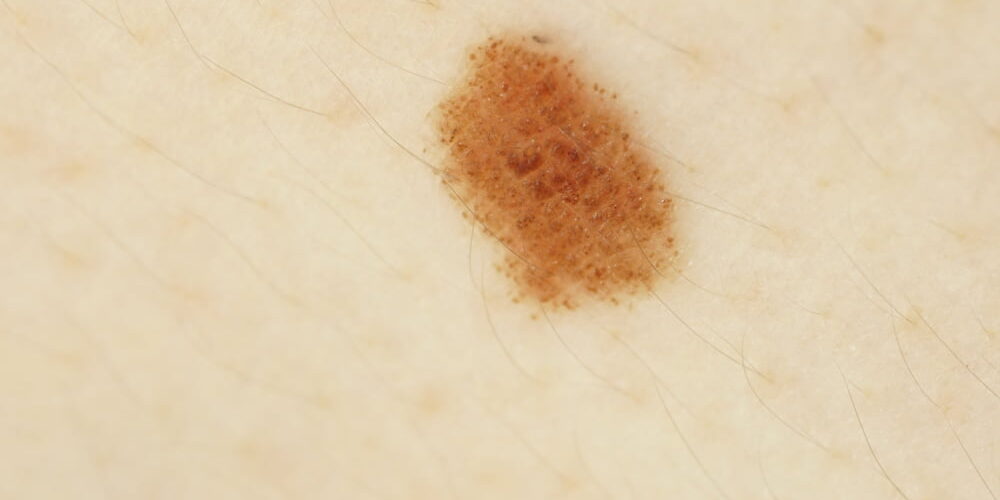“Dermatoscopy: Pattern analysis of pigmented and non-pigmented lesions” is a comprehensive guide to the use of dermatoscopy in diagnosing pigmented and non-pigmented skin lesions. Dermatoscopy, or dermoscopy, is a non-invasive technique that allows for a detailed examination of skin lesions using a specialized microscope. The authors present a systematic approach to analysing dermatoscopic patterns and provide a comprehensive overview of the different types of skin lesions that can be diagnosed using dermatoscopy.
The book is designed to be a practical guide for dermatologists and other healthcare professionals, providing step-by-step guidance on dermatoscopy to diagnose skin lesions. The authors discuss the importance of accurate diagnosis in treating skin cancer and other skin conditions and emphasize the potential benefits of dermatoscopy in improving diagnostic accuracy. Additionally, the book includes numerous clinical examples and case studies to illustrate the principles of dermatoscopic pattern analysis. Overall, the book is an essential resource for anyone involved in diagnosing and treating skin lesions and highlights the importance of using advanced diagnostic techniques such as dermatoscopy to improve patient outcomes.
You can find the textbook at https://www.amazon.com.au/Dermatoscopy-algorithmic-method-pattern-analysis/dp/370891385X.
Harald Kittler (Author), Cliff Rosendahl (Author), Alan Cameron (Author)

About Dermatoscopy
Dermatoscopy is a non-invasive diagnostic technique that allows dermatologists to examine the skin in detail. It involves using a specialized handheld device called a dermatoscope, which magnifies the skin surface to reveal details not visible to the naked eye. By examining the patterns and colours of the skin lesions, dermatologists can differentiate between benign and malignant skin conditions.
Skin cancer diagnosis is one of the main applications of dermatoscopy. Dermatologists use this technique to detect early signs of skin cancer, such as melanoma, the deadliest form of skin cancer. Melanoma can develop from existing moles or appear as new dark spots on the skin. Dermatoscopy can help dermatologists differentiate between benign and malignant moles by analyzing their shape, colour, and pattern.
Dermatoscopy has revolutionized the field of skin cancer diagnosis by enabling earlier detection of skin cancer and more accurate differentiation between benign and malignant skin conditions. With regular dermatoscopic examinations, dermatologists can help patients prevent skin cancer or catch it at an early stage when it is more easily treatable. If you have concerns about a suspicious skin lesion, consult a health care professionals who can perform a thorough dermatoscopic examination to determine if further testing or treatment is necessary.







